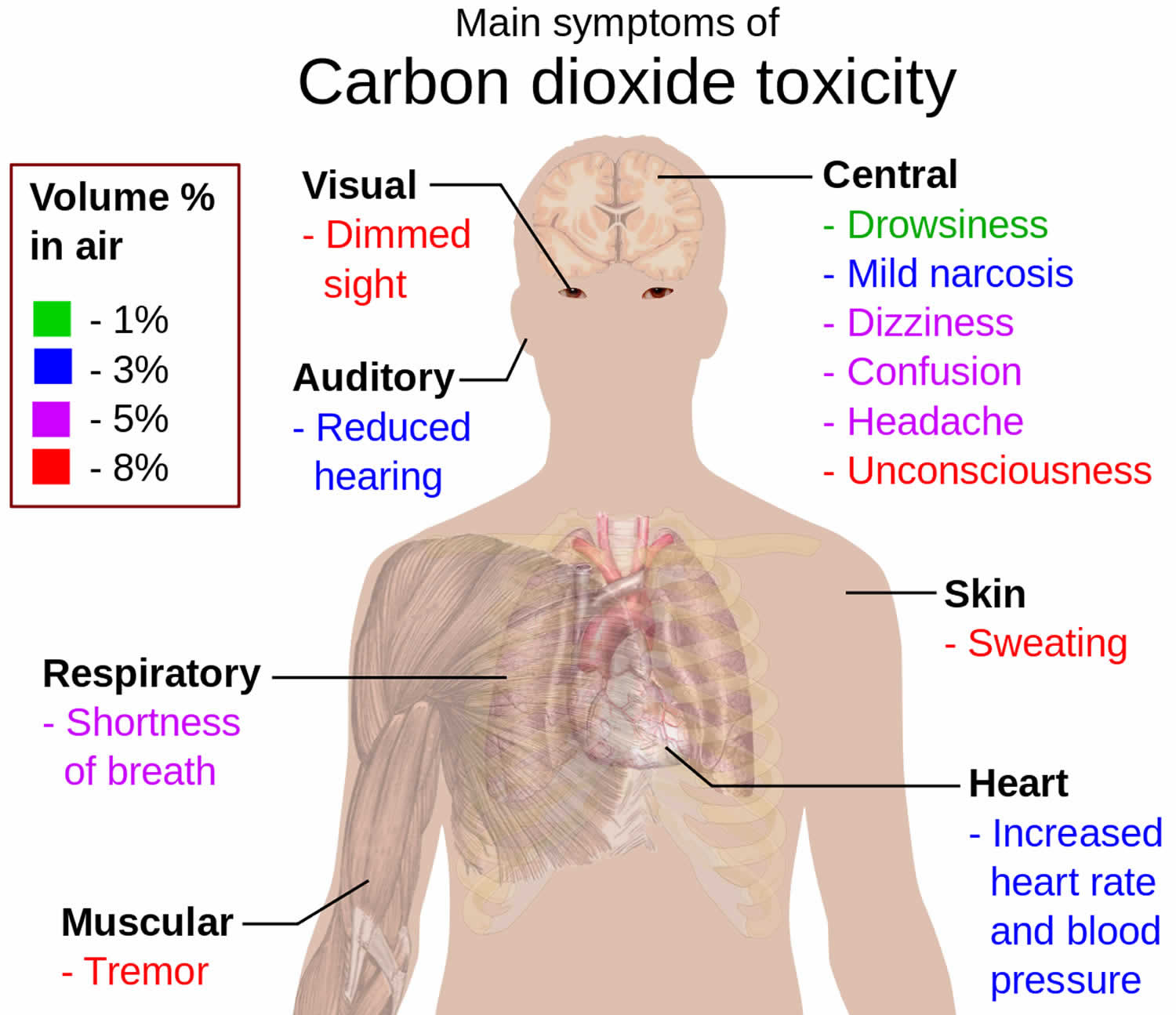

Severe acidemia (pH 5.5 mEq/L (> 5.5 mmol/L), usually resulting from decreased renal potassium excretion or abnormal movement of potassium out of cells. Hypercapnia lowers arterial pH ( respiratory acidosis Respiratory Acidosis Respiratory acidosis is primary increase in carbon dioxide partial pressure (Pco2) with or without compensatory increase in bicarbonate (HCO3 −) pH is usually low but may be near. Ventilatory failure associated with these problems results only when the ability to compensate is compromised. read more, is not a primary cause of ventilatory failure because patients should increase their ventilation to compensate.

read more, and malignant hyperthermia Malignant Hyperthermia Malignant hyperthermia is a life-threatening elevation in body temperature usually resulting from a hypermetabolic response to concurrent use of a depolarizing muscle relaxant and a potent. Symptoms include palpitations, fatigue, weight loss, heat intolerance, anxiety, and tremor. read more, hyperthyroidism Hyperthyroidism Hyperthyroidism is characterized by hypermetabolism and elevated serum levels of free thyroid hormones. Burns are classified by depth (superficial and deep partial-thickness, and full-thickness). read more, trauma, burns Burns Burns are injuries of skin or other tissue caused by thermal, radiation, chemical, or electrical contact.

In septic shock, there is critical reduction in tissue perfusion acute failure. Increased carbon dioxide production, as occurs with fever, sepsis Sepsis and Septic Shock Sepsis is a clinical syndrome of life-threatening organ dysfunction caused by a dysregulated response to infection.


 0 kommentar(er)
0 kommentar(er)
